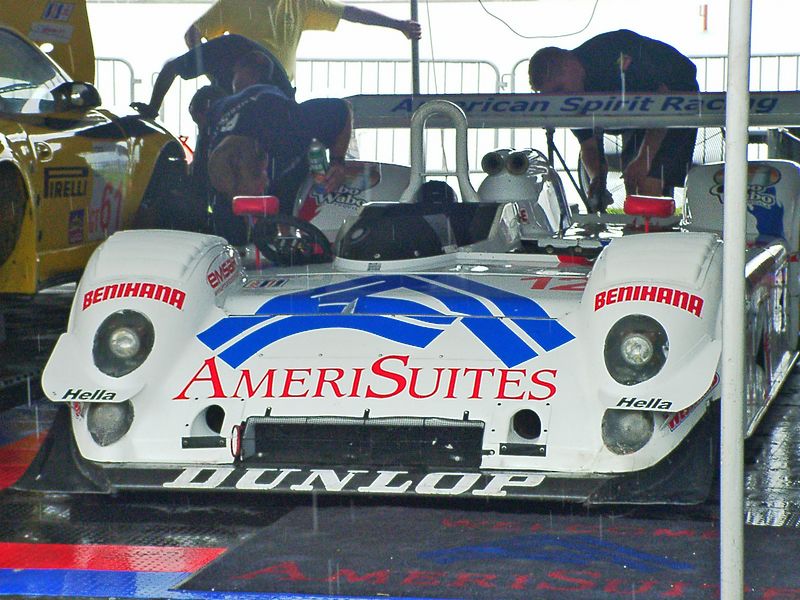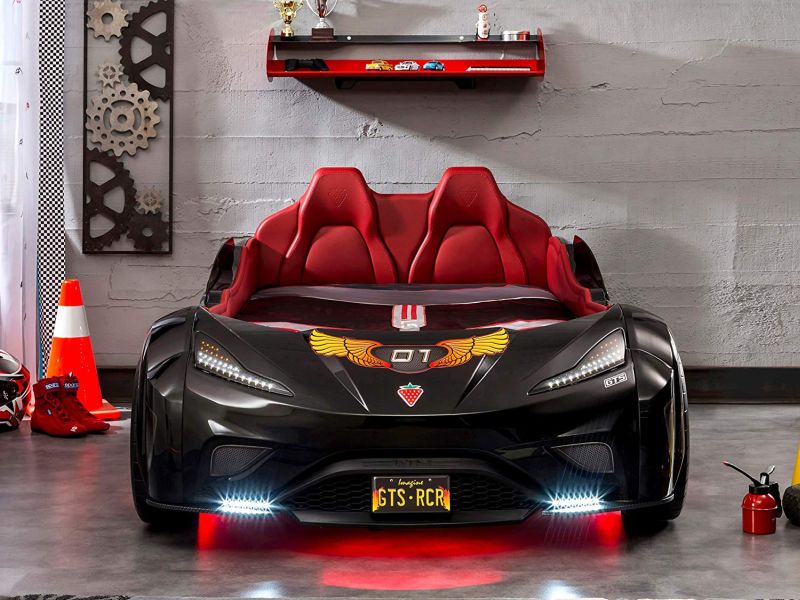First of all, it is necessary to determine the class of car preparation: D2H, “National” or A-1600. I will not go into technical details and differences of classes, but I will specify that A-1600 is the most expensive of these classes. D2H and National classes have approximately comparable budgets both for construction and operation.
As an example, I will use the “National” class, as the car of this training class can be used in several disciplines of car racing with small changes: rally, rally-cross, track racing (hippodrome racing on a long track length from 1000 to 1600m), circular racing and others.
Choose what?
The choice of the bodywork of a modern sports car is often limited to the purchase of a road car. Most often it is a front-drive model VAZ – VAZ-2108 or VAZ-1119 (Lada Kalina and its modifications, Kalina-2, Granta, etc.).
Various foreign cars like Citroen Saxo, Citroen C2, Honda Civik and others take part in the race, but all of them are not very popular due to the difficulty in buying both the car and spare parts. Especially sports parts.
That’s why we’re talking about VAZs: they are very popular, and I have experience of using these cars in rally and track races.
When buying the bodywork I had a choice between VAZ-2108 or “Lada Kalina”. The choice has stopped on the last variant. Why?
Firstly, “Kalina” is more modern and has a more rigid body. Here it is only necessary to remember that it is much more expensive in body repair in comparison with VAZ-2108.
Secondly, in my personal opinion, the controllability of “Kalyna” is more understandable not to a very experienced pilot in comparison with VAZ-2108. Roughly speaking, the “eight” drives more sideways, and “Kalina” is more trajectory.
Thirdly, it is not easy to find a living body of VAZ-2108 or VAZ-2113 without corrosion or broken shoes.
The easiest thing to buy is not a bodywork, but a road car. Because it is already equipped with everything necessary: 16-valve engine, panel, stove, headlights, power steering, steering rack, etc.
The most suitable option for this, which does not require large replacements, is “Kalina Sport” and “Kalina Sport 2”. Requirements for a used car: not rotten, not involved in serious accidents, but may have damage to paintwork and minor wrinkles of external body parts.
How do you get the bodywork done
The bodywork modification begins with the complete disassembly of the car. Right up to the bolt! The interior should be disassembled to a completely “naked” condition, it is necessary for installation of a skeleton of safety.
Dismantled: engine with gearbox, all electrical wiring, suspension, all door and ceiling upholstery (mandatory!), torpedo, stove. All vibration, noise and other insulation must be removed. And it is necessary to do it both in the interior of the car, and outside (from the outside antigravel coating of the bottom), and in the doors.

Then the Bulgarian saw is taken into hands, the technical requirements of car preparation and all unnecessary body parts are removed. As practice shows, the weight of the spare parts will reach 50-70 kg or more.
It should be remembered that there are restrictions on the minimum weight of the car and the maximum weight on the front axle! The concept is as follows: first we build the lightest car, and we always have the right to “add” (get the correct weight distribution).
Most often, the Technical Requirements specify only one glass that cannot be replaced by polycarbonate – the frontal glass. The rest of the windows are changed to polycarbonate ones (except for the “National” class, the driver’s side window cannot be changed there and the window lift drive is mandatory).
Polycarbonate is put both for weight reduction and safety (this material bends, but does not break and break like glass). In order to reduce the cost of building a car, novice pilots often use glass windows, covered with transparent film for safety purposes.
I will tell you about the choice and installation of the safety frame in the section “Safety Complex”.
After installation of the safety frame and its coloring, the assembly begins (here I will describe the assembly of the interior). The dashboard in which it is necessary to make cuts under pipes of a skeleton of safety in which it is mounted (differently it will not stand on a standard place), the conducting (all superfluous wires from conducting are cut out – window lifters, drives of mirrors and other) is stacked.
There is only one thing left to do: stove, rear stop lights, parking lights. The power supply system is equipped with a mandatory weight switch, which de-energizes the car completely in case of emergency.
Then the polycarbonate “glasses” are glued, the windshield is glued, the doors are hung (in accordance with the technical requirements, the excess iron and noise insulation is removed), and the doors are covered with the door upholstery (standard after the installation of the safety frame are usually no longer suitable).
By the way, the choice of upholstery depends on the budget. You can use just a sheet of plastic or aluminum, you can use specially made of fiberglass or carbon fiber upholstery – who has what budget, then chooses.
Now – body reinforcements. For track racing body reinforcements are not particularly necessary. But if the car can be used in several disciplines, I strongly recommend to strengthen the front cups and front spars (especially necessary in rally and rally-cross versions). These reinforcements have a positive effect on the weight distribution.
The front and rear wings are the most affected surfaces from contact with rivals. When the wings are jammed, the side surfaces of the wheels are often affected. In order to prevent the wheels from spoiling (or rather, the damage is minimal), the stiffening ribs on the inside of the arch need to be flanged.


